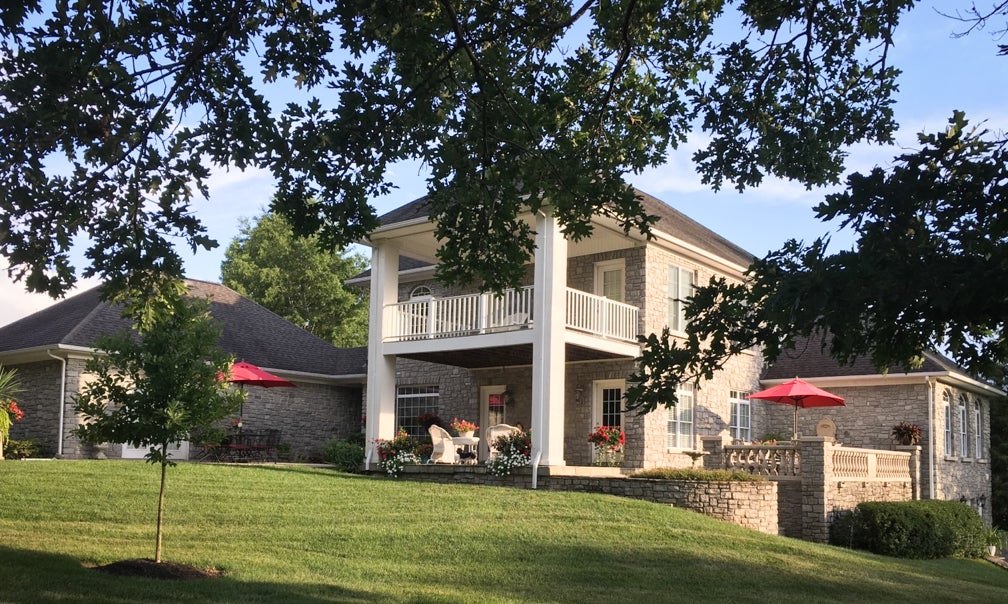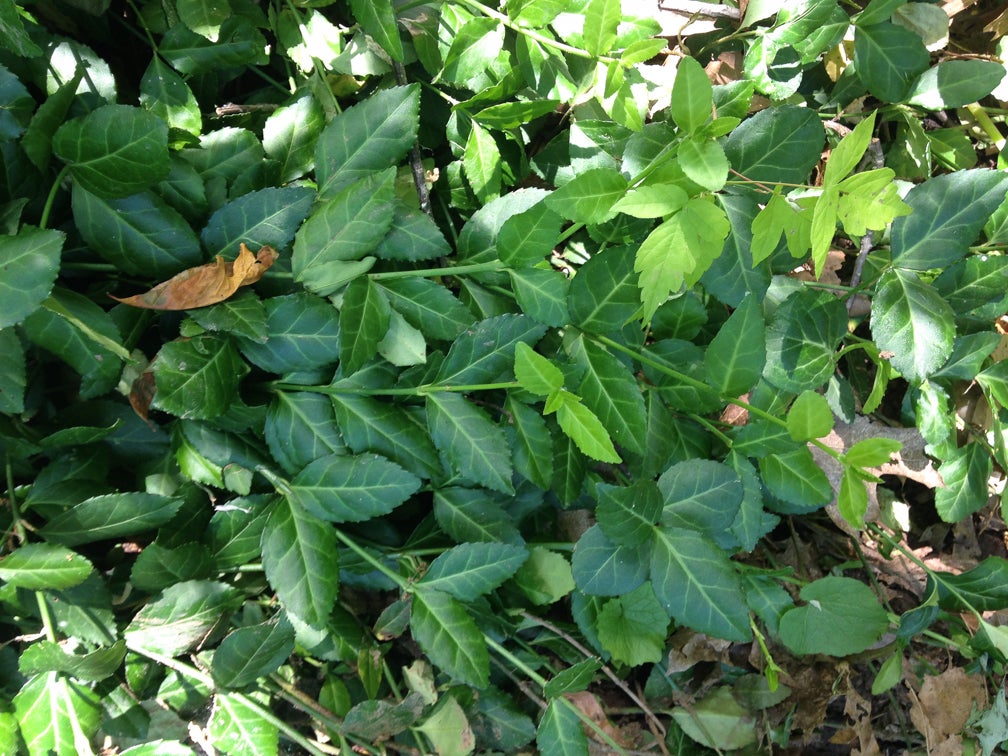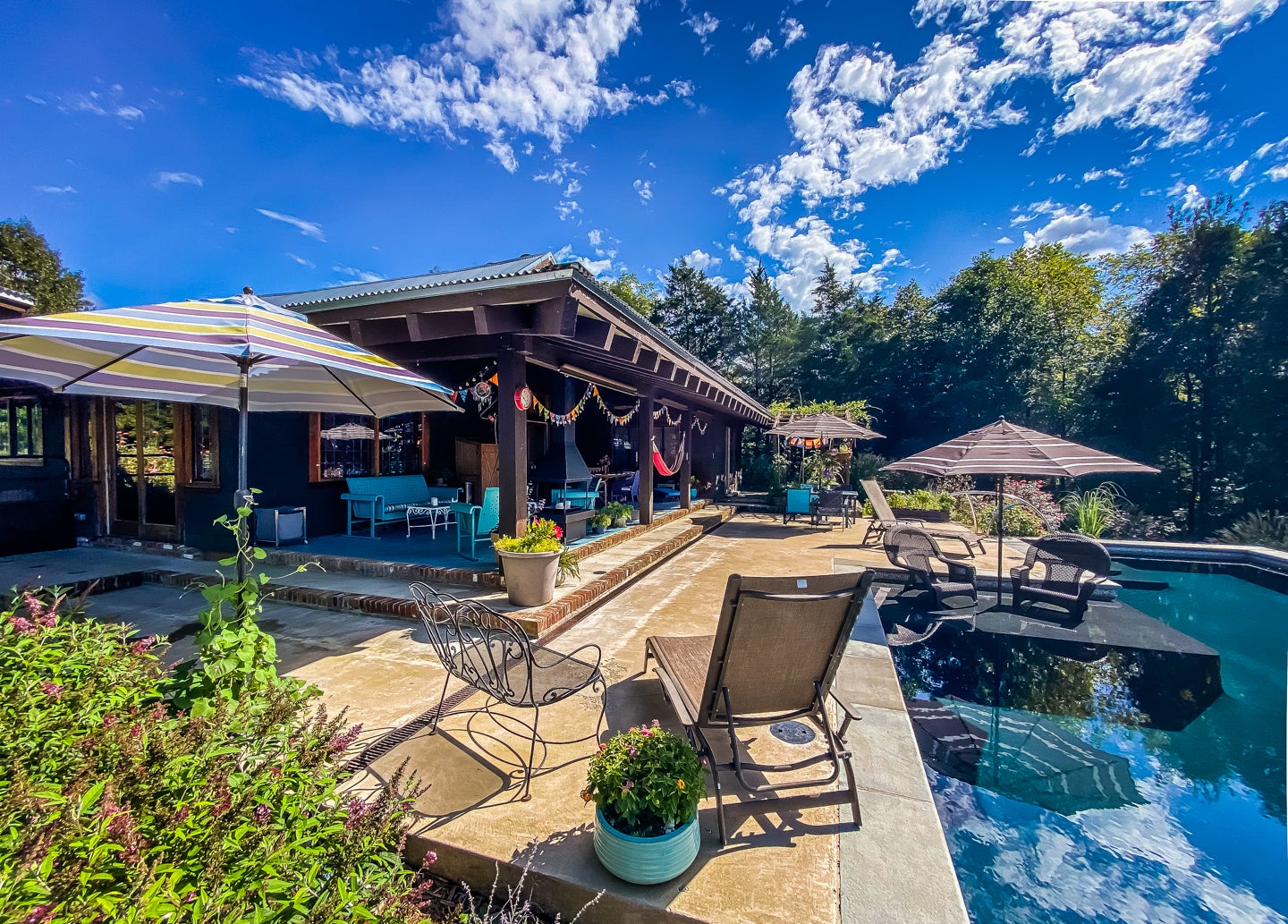Here are a few tips on what not to plant from Andrea Mueller of Inside Out Design.
As we approach winter, you might notice one invasive that refuses to leave. Possibly the worst of the worst on my invasives list — Winter Creeper (euonymus fortune) — forms dense mats, depriving native species of sunlight and space.
When I see trees that are encapsulated in this horrid vine, I can hear them gasp for help. Euonymus fortunei not only affects trees but every shrub, perennial, vine and anything that grows, even in the middle of the shaded forest floor.
The vine colonizes via seeds spread by birds, mammals and water and will also take root from a small sprig. Once the plant grows vertically, it produces seeds, but it is just as dangerous for other plant life on the ground.
Because it’s an evergreen, it’s easy to spot this time of year once most other plants have defoliated, which makes late fall and early winter a great time to hand pull and place in a garbage bag. Be sure that no roots remain, as they may sprout.
With vines that are growing on trees, carefully remove what you are able by hand, but if the stalk is large, cut the vine down to ground level and apply an appropriate herbicide. An arborist or landscaper may be needed for larger jobs, but whatever you do, if there is even one piece of a vine near your trees, protect them by removing the vine immediately.
If the vine has overtaken the forest floor or ground on your property, be sure to seed or plant a mix of perennials and sedges and also be sure to check back for new growth regularly. You should definitely consider removing all winter creeper from your property.
If you are in need of a vine or groundcover, there are plenty of native, healthy options. Just say no to Winter Creeper. Please.
Some wonderful native vine replacements include:
- Dutchmans pipevine (aristolochia macrophylla)
- Crossvine (bignonia capreolata)
- American bittersweet (Celastrus scandens)
- Virginia creeper (parthenocissus quinquefolia)
- American wisteria (wisteria frutescens)
A few native groundcover replacements include:
- Wild ginger (asarum Canadensis)
- Pennsylvania sedge (carex pensylvanica)
- Allegheny spurge (pachysandra procumbens)










